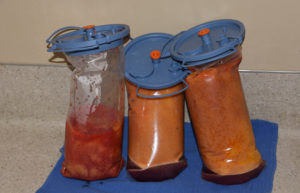Liposuction is the most commonly performed cosmetic body contouring procedure, both by number of patients and body surface area. It has undergone a lot of technical improvements over the past third-five years from patient indications to the technical equipment needed to perform it.
While understandably viewed as an aesthetic procedure, its traumatic impact on the body is often overlooked. The small skin entrances for the introduction of the fat-sucking cannulas belies the generalized injury to the subcutaneous tissues which has been treated. The trauma to the fatty tissues and all that runs through it is considerable. Any patient that has had the procedure can testify that its recovery is usually greater than they could have anticipated both in terms of swelling and bruising and the time it takes for its resolution.

If one wants a large amount of fat removed it should be done in stages given that liposuction is an elective procedure. While the five liter limit is not an absolute, as it should really be based on body weight or even body surface area, it does serve as a good clinical guideline.
Dr. Barry Eppley
Indianapolis, Indiana


